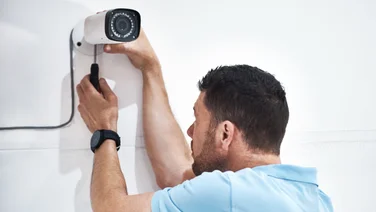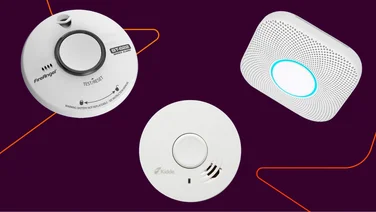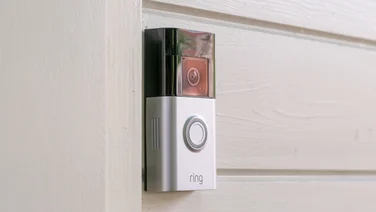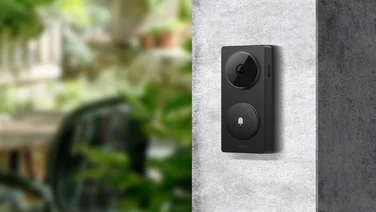To help us provide you with free impartial advice, we may earn a commission if you buy through links on our site. Learn more
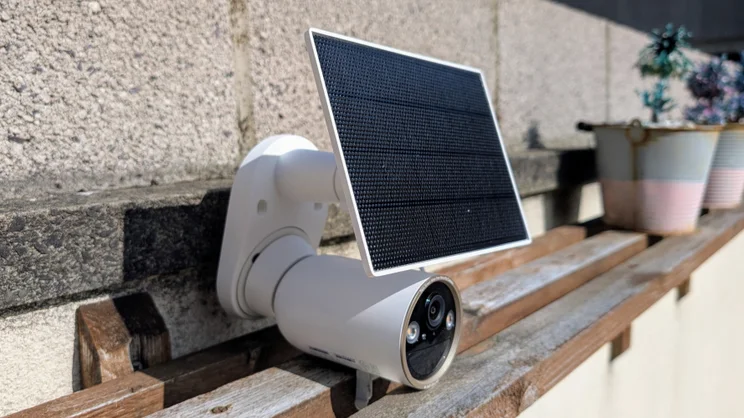
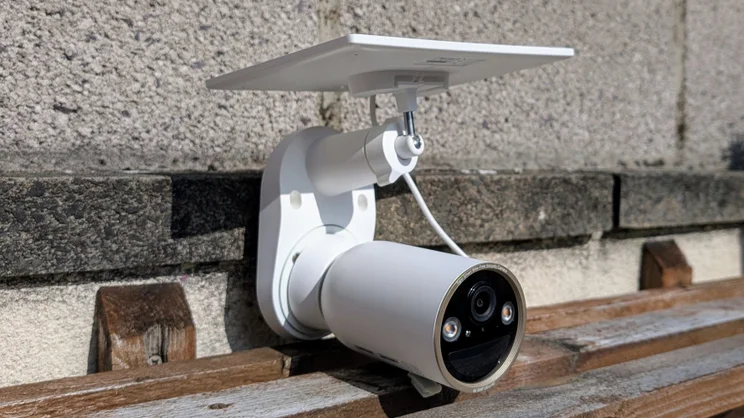

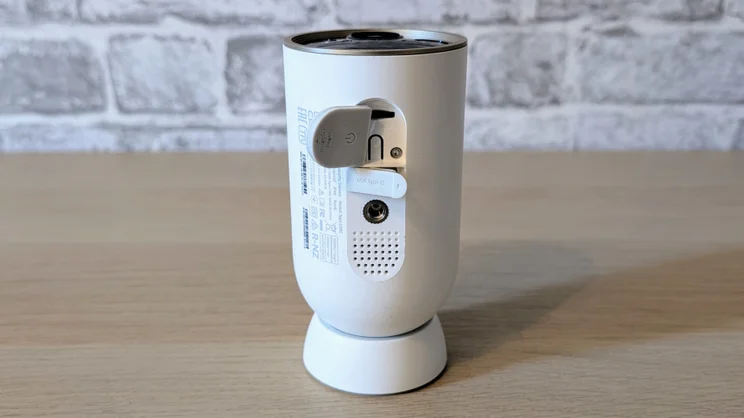
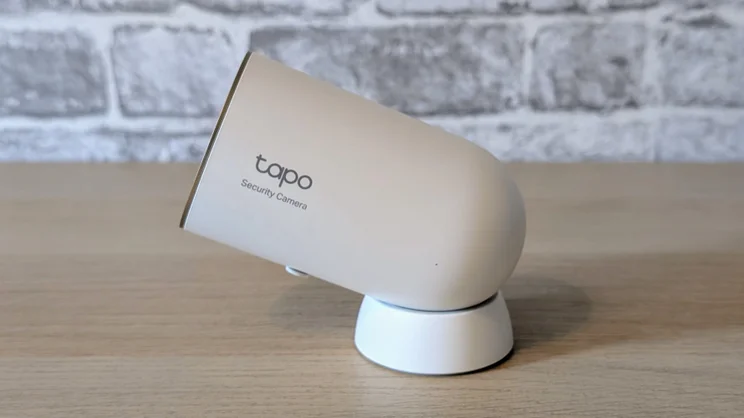
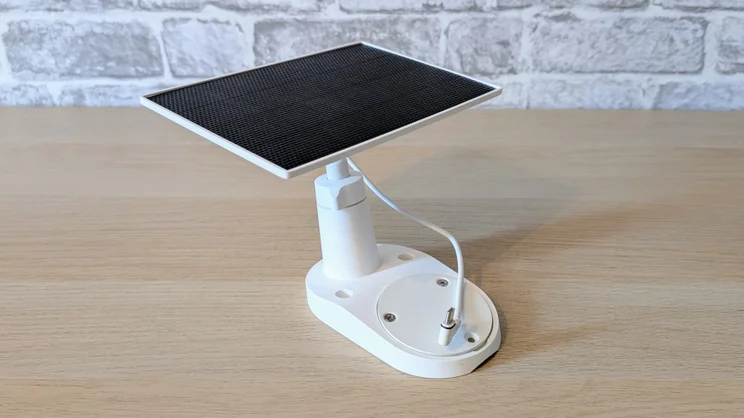
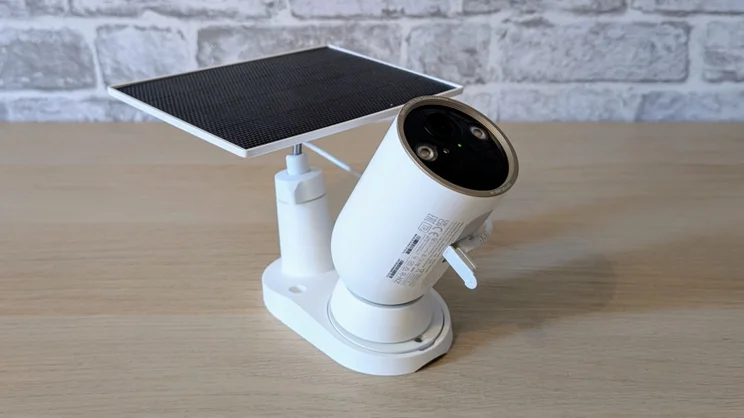
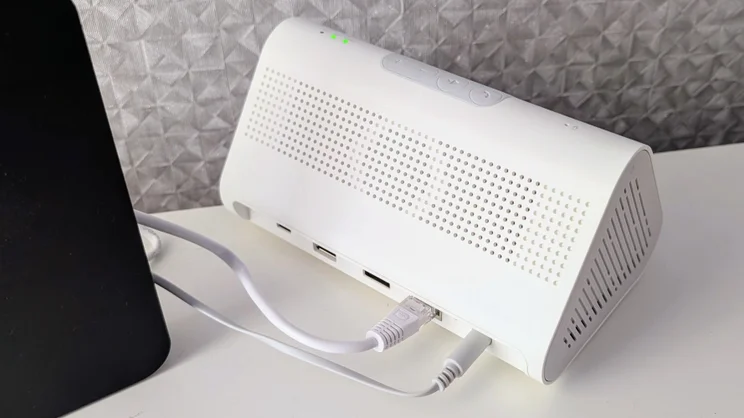
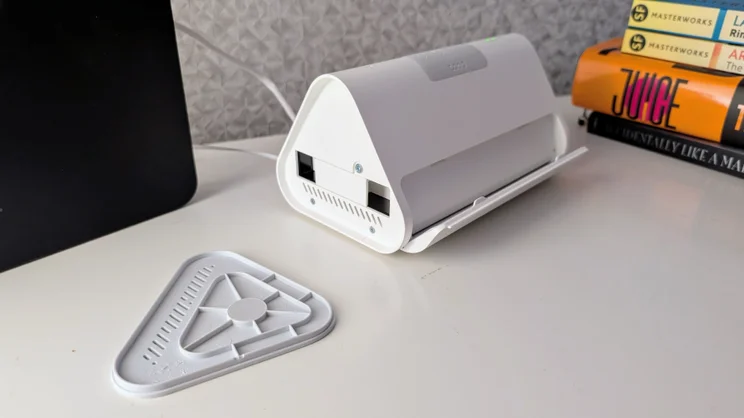
- Crisp 4K video output
- Clever magnetic ball-mount
- IR and colour night vision
- The camera and solar panel share a single mount
- Facial recognition only comes with the separate Home Hub
A solar-powered security camera is the ideal way to keep an eye on the exterior of your property without the hassle and aggravation of running a power supply to it, or having to recharge a battery. We were impressed by Reolink’s one-box Altas system, and now we have a direct alternative to consider: the Tapo C460.
Like the Altas, the C460 comes supplied with everything you need to get going and the price is very reasonable. Currently, Tapo is selling the C460 for £100, down from the usual RRP of £150, while the price for the Altas has been as low as £119 although it’s currently back at its RRP of £140.
What do you get for the money?
The meat of the package is the Tapo C460 camera module, which captures 4K images (3,840 x 2,160) with a 1/2.7” CMOS sensor, and supports both colour and infrared night vision. It also has a pair of LED floodlights, a built-in loudspeaker, a 10,000mAh rechargeable battery, and a microSD card slot, allowing you to store recordings locally.
Also included in the box is a 170 x 120mm solar panel, a plastic wall-bracket that can accommodate both the camera module and the solar panel, and all the screws, cables and other gubbins you’ll need to fix the wall-bracket in place. Tapo also throws in a 4m weatherproof USB-C extension cable so you can mount the solar panel elsewhere to optimise its solar charge if you plan on mounting it somewhere the sun doesn’t quite reach.









Tapo has given some thought to the ways you can install the C460, so it warrants a detailed description.
The camera unit attaches to the wall bracket with a two-part magnetic ball mount. The base part of the mount fixes magnetically to a circular plate, which you screw into the plastic bracket, and then the rounded base of the camera unit is attached magnetically to that. The ball mount allows you to adjust the angle of the camera housing approximately 45 degrees left and right, and the same up and down.
The magnets that Tapo uses are very strong: removing the camera from the ball mount takes a deliberate pull, while removing the ball mount from the base plate involves taking a firm hold and sliding it off.









If you’re worried about the magnetic mount resulting in the theft of your camera, you can set an alarm to sound continually when the unit is moved. Althernatively, you can use one of the quarter-inch tripod mounting threads provided (there’s one on the underside and one at the rear) to attach it more securely to a third-party security camera mount.
Finally, the Tapo C460 is pretty tough. It’s rated IP66-resistant to water ingress, so it should be able to stand up to being thoroughly jetwashed for guano removal. And it seems pretty drop resistant, too.
Although I don’t normally make a habit of throwing test cameras about to see how robust they are, Storm Floris managed to blow the C460 off the shelf I’d left it on in the garden and sent it plummeting four metres onto a concrete floor. The solar panel was knocked out of its slot, but other than that, no harm was done.
How easy is it to set up?
Once you’ve got the C460 physically positioned and charged, Tapo does well to keep the setup process simple. Assuming this is your first Tapo camera install, you will need to download the Tapo app, create a free account and then link the camera to the app. The C460 can connect to both 2.4GHz and 5GHz Wi-Fi networks.
Once connected, the camera appears in the My Home launch page of the Tapo app. Tap the camera icon and you are presented with a sensibly laid-out menu page that provides access to the camera’s basic functions like turning on the LED floodlight, taking a snapshot, recording video, making a call to the camera, activating the 100dB alarm and accessing the microSD card.
Inserting a microSD card (cards up to 512GB are supported) was drama-free. Once I’d slipped the card in, the app informed me I needed to reformat it, a process that took less than 30 seconds.









Along with the C460, Tapo also sent me a pre-release sample of its £160 H500 Home Hub. This is essentially a small NAS (network attached storage) box that connects to your router via Ethernet, allowing you to store recordings on either the built-in 16GB flash drive or a SATA 3 hard disk.
As well as delivering all the benefits of cloud storage without the cost of paying for it on a subscription basis, the H500 also adds very effective facial recognition to the C460’s repertoire of features. It also features a handy built-in tablet stand, HDMI video output, and an intercom function, allowing you to use the hub to reply to incoming calls from any connected video doorbells without you needing to reach for your phone.
When first announced, the H500 was touted as supporting all ONVIF standard cameras, such as the Reolink Altas, but this feature was dropped at the last minute. Alas, there’s no indication it will be added back via a firmware update, which is a bit of a shame.









If you prefer to outsource your cloud storage, however, Tapo Care is reasonably priced. For the Basic tier (a week of cloud storage), it’s £2.49/mth or £26/yr for one camera and it’s £9.49 or £94/yr for up to five cameras.
For the Premium service (30 days storage), it’s £2.99/mth for one camera, £5.49/mth for two, £7.99/mth for three and £8.99/mth for up to ten cameras (or £29, £53, £78 and £88 per year respectively).
What does it do well?
One might think that the Tapo’s 4K camera gives it a natural advantage over the Reolink’s 2.5K, but in the real world, there’s not much to choose between them.
For example, when I placed them both side-by-side, I was no more able to read the small copy of my wheelie bin address sticker on the Tapo than on the Reolink when I used the maximum digital zoom.









In daylight, there’s little if anything to choose between the two when it comes to things like brightness, definition and colour saturation. Where the Tapo steals a march is at night. While both cameras have a night colour mode, only the Tapo has a dedicated IR mode. Once the sun sets, the Reolink delivers brighter nighttime images than the Tapo, but that’s dependent on there being some degree of ambient light.
In what to the naked eye looks like complete darkness, however, the Tapo’s IR camera performs better, delivering crisp high high-contrast black and white images.
The Tapo also has a wider field of view than the Reolink at 134 degrees diagonal vs. 110 degrees. The difference is hardly stark, but that extra 24 degrees does mean there’s more to see around the edges of the frame.









Both cameras have LED floodlights, five in the case of the Reolink, two on the Tapo, but both arrays throw out a very similar level of illumination, enough to easily light up a pretty large garden or yard.
The Tapo C460 does have a smaller battery at 10,000mAh than the Reolink Altas (20,000mAh) but with the solar panel connected, the Tapo’s battery stayed at 100%, despite heavy use and a lack of direct sunlight. If you disconnect the solar supply and set both cameras the record continuously, the Tapo will run out of juice first. But given the Tapo only used 10% of its charge in 24 hours when set to record continuously, that’s not a huge concern.
As you’d expect from a modern security camera, the C460 can be set up to limit detection to certain areas within the field of view as well as distinguish between people, animals and vehicles and, assuming you’ve bought the H500 hub, different people, too.









The detection range can also be adjusted on a scale of 1 to 10, where 1 is close enough for a squirrel the lick the camera lens and 10 is 20-odd metres away. If there was a detection or notification setting that the C460 lacks, I certainly didn’t notice it.
As per usual, I also tested the C460’s reaction times to motion events and commands from the Tapo app and found it to be quick and responsive, delivering similar performance to the Reolink system.
What could it do better?
The Tapo C460 only records video at 15fps, though to be honest, I’m struggling to think of a scenario where this is an issue in the real world. Video playback both on my phone and my TV via the H500’s HDMI feed looked perfectly smooth.









There’s no support for Apple’s HomeKit system, just for the competing ecosystems from Google Home and Amazon’s Alexa, which could be an issue for Apple aficionados.
And while Tapo deserves credit for not demanding a paid subscription for basic functionality, you do still need to join Tapo Care if you want rich (i.e.with pictures) notifications. Personally, I can live without.
Should you buy it?
Choosing between the Tapo C460 and the Reolink Altas is a tough call. The 4K video quality from the Tapo camera is excellent, but then so is the 2.5K feed from the Reolink. The Tapo camera has an advantage in that it can record in IR, which the Reolink cannot. That’s worth taking into account if you want to record in very dark environments without the use of floodlighting.
The Reolink has a larger battery, but in everyday use, both the Tapo and Reolink solar panels are more than capable of keeping the respective batteries fully charged even in the bleakest of weather. I prefer Reolink’s method of having the camera and solar panel decoupled, but the Tapo’s design means you only have to mount one wall bracket.
In the final analysis, the cameras are so close as to make little to no difference, so take my advice: buy the one that’s cheapest at the time you make your purchase. Either way, you won’t regret your choice.




